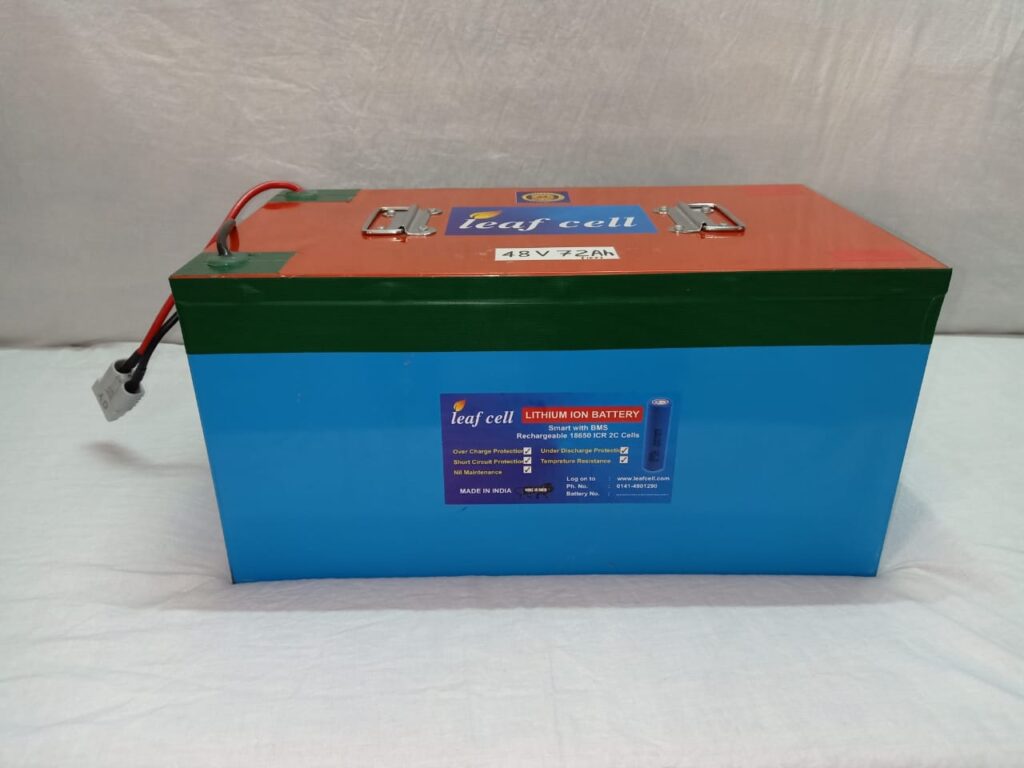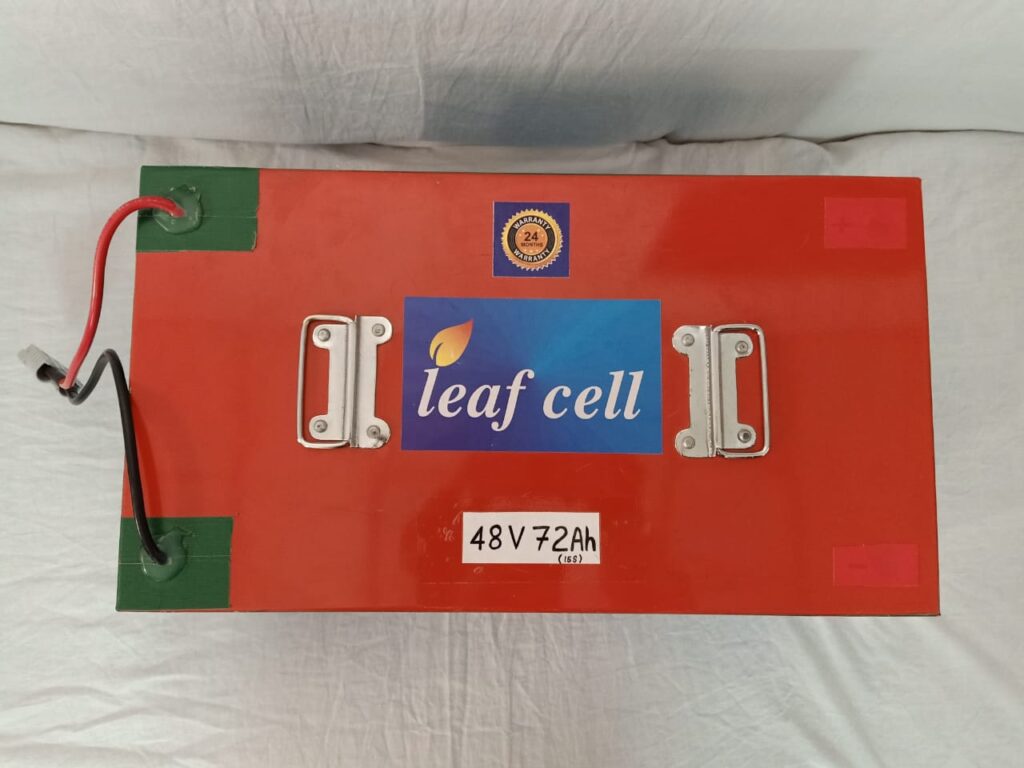The weight of a lead acid battery is approx 3. times the weight of the lithium ion battery. Hence the size of the Lithium-ion (Li-ion) is smaller for the same capacity. It is helpful in general bias / e-bikes / e-vehicles as it reduces the overall weight of the vehicle.
Lithium-ion vs Lead acid battery
In the world where batteries play an important role in our daily-usage gadgets and equipments, it is becoming more important to understand and select the right battery for you. A right choice of battery will not only improve the longevity of the equipment’s life but will also save some money in the long run
In this article, our aim is to dissect the difference between two type of equipment battery: Lithium ion vs Lead Acid battery.
What is a Lead Acid Battery made up of?
Lead acid batteries are made up of a Lead-dioxide cathode, a metallic Lead anode and a sulphuric acid solution electrolyte. The heavy metal present in the battery are toxic and has to disposed in a proper manner

What is a Lithium-Ion Battery made up of?
Lithium-ion battery (Li-ion) consist of Lithium metal oxides as a cathode. Specific material includes LiCoO2, LiMn2O4, and Li (NixMnyCoz)O2], vanadium oxides, olivines (such as LiFePO4), and other rechargeable lithium oxides.

We will now compare point by point on 7 important features to analyse Lithium-ion vs Lead acid battery.
1) Weight
2) Efficiency
In Lead acid battery there is loss of amps during charging and constant discharging when the battery is not used. This is completely solved in Lithium ion battery. Thus Lithium ion battery is more efficient than its counter part.
3) Cycle Life
The average cycle life of charge-discharge for a Lead acid battery is approx 300 nos. Whereas for the same capacity, the cycle life for a Li-ion battery is around 700 nos. Thus in longer run, the replacement of lithium-ion battery is prolonged than its counter part.
4) Voltage
The lithium-ion battery has almost constant voltage during discharging. Whereas in the lead acid battery the voltage drops as the battery discharges. A constant voltage leads to better efficiency of the battery as well as improves life of the equipment / gadgets.
5) Discharge
The lead acid battery never has 100% discharges when fully charged. Infact the manufacturers recommend a discharge depth of only 50%. In a Li-ion battery, this is avoided and the battery gives you close to 100% discharges. Hence longer cycles compared to traditional lead-acid batteries.
6) Environmental impact
As said earlier, the lead acid battery has hazardous elements which can be decremental to the environment if not disposed in safe manner. A solar powered lithium ion can be a good option to reduce the environmental impact.
7) Cost
Lead acid battery is significantly cheaper than a Li-ion battery since the cost of production of lead acid battery is low. The price gap is now reducing but if you compare the long term benefits, the Li-ion battery has a lower cost in the long-run due to better efficiency and less no of battery replacements in the same time period.
Though there are other features that can also be compared but overall we find that in this Lithium-ion vs Lead acid battery analysis, Lithium-ion has an edge.

© 2025 Leafcell. Created for free using WordPress and
Colibri